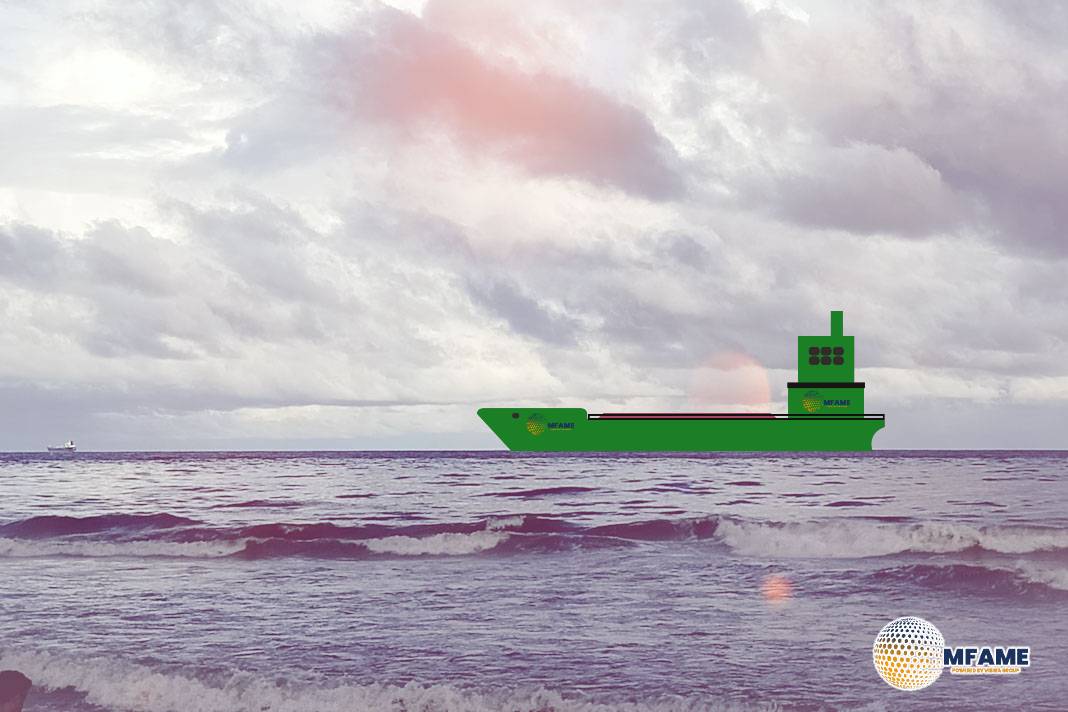Russian crude exports recently reached a one-month high, driven by a surge in weekly flows and a decrease in domestic refinery activity. This increase occurred despite new threats of secondary tariffs from US President Donald Trump on countries that purchase Russian oil.
Key Factors in the Export Surge
The increase in Russian crude exports can be attributed to a few key factors. First, refinery runs in Russia dropped by about 300,000 barrels per day in the first nine days of July compared to the previous month, likely due to seasonal maintenance at several large plants. This freed up more crude for export. Second, Russia’s overall oil production has been gradually increasing as part of the OPEC+ group’s decision to ease output cuts, with production rising by about 40,000 barrels per day in June.
Destination and Value of Exports
The surge in crude shipments was primarily driven by a jump in flows from the Baltic terminals of Primorsk and Ust-Luga and the Black Sea port of Novorossiysk. These gains were partially offset by lower flows from the Pacific. The four-week average of shipments to Russia’s main Asian customers increased to 2.85 million barrels a day. The gross value of Russia’s crude exports also rose by approximately 14% to $1.55 billion in the week to July 13, helped by an increase in average prices for Urals and ESPO crude.
Geopolitical Threats and Reactions
The increase in exports comes at a time of renewed geopolitical pressure on Russia’s oil trade. President Donald Trump has threatened to impose unspecified tariffs on countries that buy Russian crude if Moscow does not make peace with Ukraine. This follows a similar, but ultimately unrealized, threat in March. Traders, however, have largely “shrugged off” the latest threats. Separately, the European Union is also considering changing its price cap mechanism to a flexible system, setting it at 15% below market rates and revising it every three months. This would be a more serious move to curtail Russian oil shipments than the current fixed cap.
Did you subscribe to our Daily newsletter?
It’s Free! Click here to Subscribe!
Source: gCaptain

















